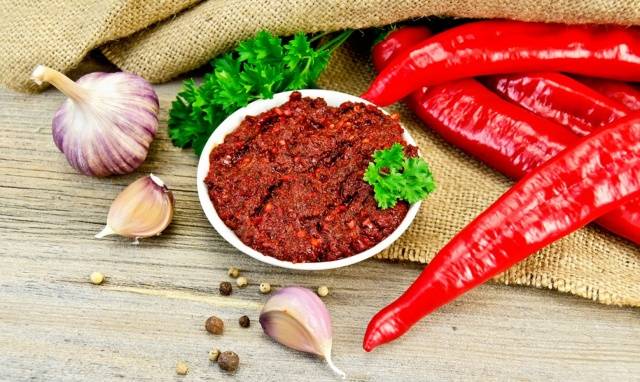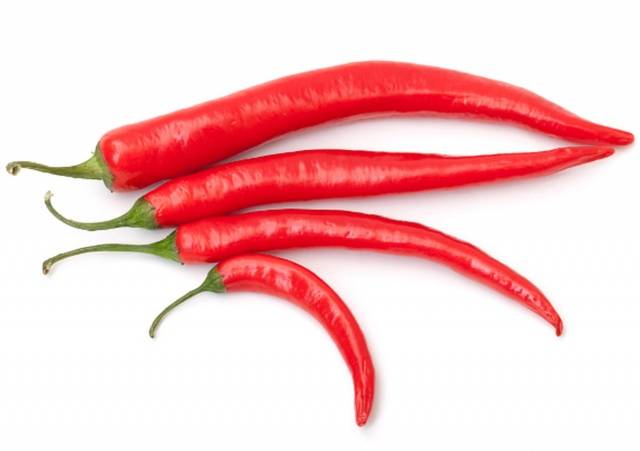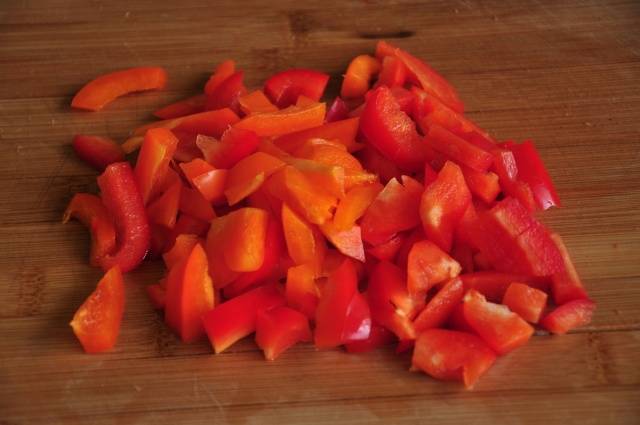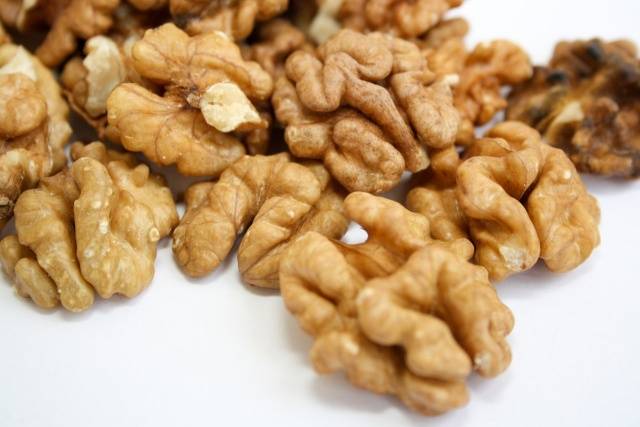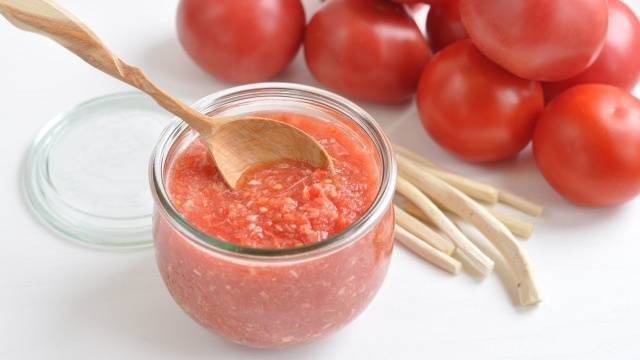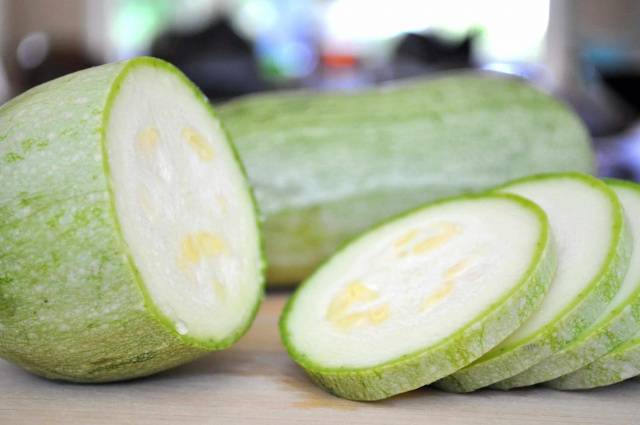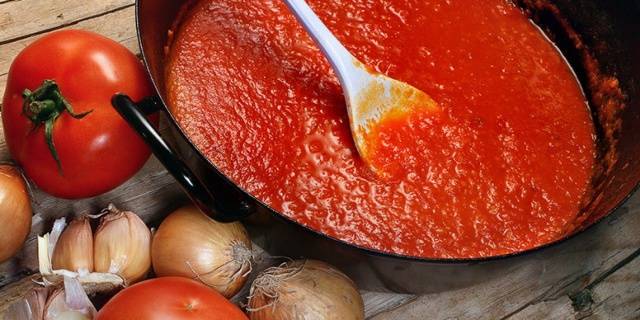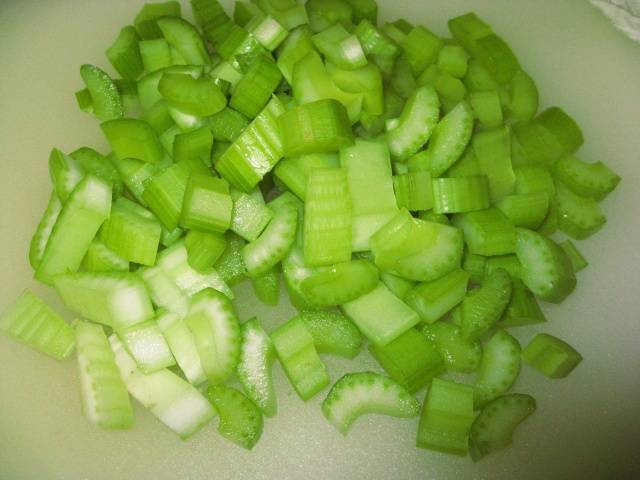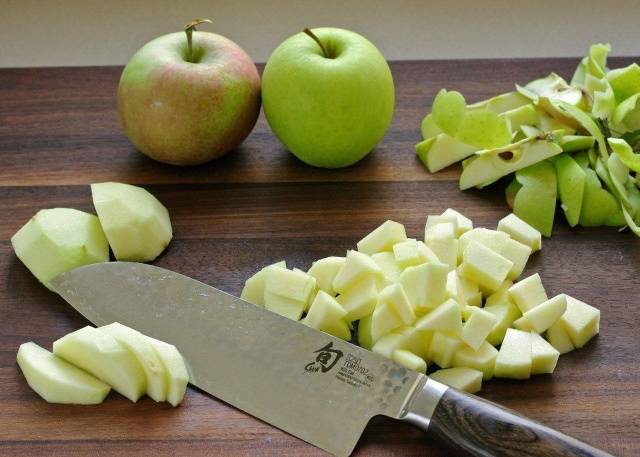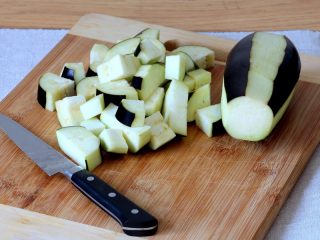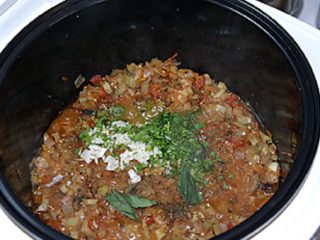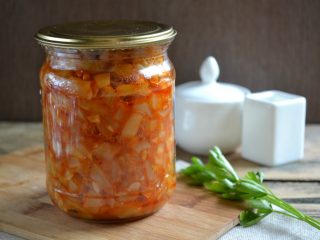Content
Adjika is a traditional Abkhaz sauce that goes well with meat, fish and other dishes. Initially, it was obtained by grinding hot pepper with salt and herbs (cilantro, basil, dill, etc.). Today, tomatoes, garlic, bell peppers, and carrots are used to prepare adjika. More original recipes include eggplants, zucchini and apples in the list of ingredients.
Vinegar is used for further preservation. It is best to use 9% vinegar, which improves the taste of the dish. It is obtained by diluting vinegar essence. You can also buy this vinegar ready-made.
Cooking principles
To obtain a tasty sauce, you need to consider the following features of its preparation:
- the main components of adjika are tomatoes, garlic and pepper;
- if the sauce is prepared from raw products, then it retains maximum nutrients;
- the dish will turn out spicier if you do not remove the seeds when using hot pepper;
- due to carrots and apples, the taste of the dish becomes more piquant;
- Salt, sugar and spices help adjust the taste of the sauce;
- for winter preparations, it is recommended to heat-treat vegetables;
- Using vinegar allows you to extend the shelf life of the sauce.
Classic version
The traditional method of preparing this sauce is also the simplest. The result is an incredibly hot sauce.
Classic adjika with vinegar is prepared as follows:
- Hot peppers (5 kg) should be placed on a towel and dried well. Vegetables are placed in the shade and kept for 3 days.
- Dried peppers need to be cleaned of stems and seeds, and then cut into pieces. When working with the product, you should wear gloves to avoid burns.
- The next step is preparing the spices. To do this you need to grind 1 cup of coriander. It is also necessary to peel the garlic (0.5 kg).
- The prepared components are scrolled several times through a meat grinder.
- Salt (1 kg) and vinegar are added to the vegetable mass. The resulting sauce is ready for canning.
Spicy adjika with pepper
The sauce is very spicy and includes two types of peppers: hot and bell pepper, as well as herbs and garlic. Fresh herbs make the taste more piquant and smooth out the bitterness:
- First, greens are prepared for adjika: 200 g of parsley and 100 g of dill. For cooking, only fresh herbs are used, which must be chopped.
- The greens are placed in a blender container and then chopped.
- Bell pepper (0.5 kg) is cut into pieces, removing seeds and stalks. Then it is added to the greens and the resulting mixture is crushed for a minute.
- Hot peppers (4 pcs.) must be cleared of seeds. Garlic (0.2 kg) is also peeled. Then these components are added to the container with the rest of the mass, after which the vegetables are once again crushed in a blender.
- Add salt (1 tbsp) and sugar (2 tbsp) to the resulting sauce, then mix it thoroughly.
- Before canning, vinegar (50 ml) is added to adjika.
Adjika without cooking
You can prepare a delicious sauce without cooking by following the following technology:
- Tomatoes (6 kg) are cut into pieces, removing the stems. The resulting mass is placed in a deep bowl and left for 1.5 hours. Then the resulting liquid is drained.
- Sweet pepper (2 kg) is peeled and cut into several pieces. Do the same with chili peppers (8 pcs.).
- Garlic (600 g) is peeled.
- Prepared vegetables are minced through a meat grinder.
- You need to add sugar (2 tbsp), salt (6 tbsp) and vinegar (10 tbsp) to the finished mass.
- The sauce is mixed and placed in canning jars.
Simple adjika with walnuts
Another version of the sauce involves the use of walnuts in addition to traditional ingredients:
- Red hot pepper (4 pcs.) must be washed well, seeds and stalks removed.
- The pepper is then ground using a blender or coffee grinder.
- Garlic (4 pieces) must be peeled, passed through a garlic press and mixed with pepper.
- Walnut kernels (1 kg) need to be ground and added to the vegetable mixture.
- Spices and herbs are added to the resulting mass: suneli hops, cilantro, saffron.
- After stirring, add wine vinegar (2 tbsp) to the sauce.
- The finished product can be placed in jars. This sauce does not require heat treatment, since the products included in its composition are preservatives.
Adjika with carrots and peppers
When adding carrots and peppers, the sauce acquires a sweetish taste:
- Plum tomatoes (2 kg) are immersed in boiling water to easily remove the peel. The place where the stalk is attached is cut out.
- Then prepare hot pepper (3 pods) and red bell pepper (0.5 kg). Be sure to remove the stalks and seeds.
- Then you need to prepare the remaining ingredients: peel the onions, garlic and carrots.
- All prepared components are ground in a blender or meat grinder.
- Grease a large pan with oil and place the vegetable mixture in it.
- Adjika is placed on low heat and simmered for half an hour.
- Add vinegar (1 cup), salt (4 tbsp) and sugar (1 cup) to the finished product.
- After cooking, adjika is placed in jars.
Adjika with horseradish
Spicy adjika is obtained by adding horseradish. The simplest recipe, in addition to this component, includes tomatoes and garlic. Using sweet pepper will help achieve a more piquant taste. This adjika is prepared using the following technology:
- Tomatoes (2 kg) are peeled and stemmed. To do this, you can place them in boiling water for a few minutes.
- Bell peppers (2 kg) should also be peeled and cut into pieces.
- Garlic (2 heads) is peeled.
- The prepared components are scrolled through a meat grinder.
- Horseradish root weighing up to 0.3 kg is rolled separately. To avoid watery eyes when working, you can put a plastic bag on the meat grinder.
- All components are mixed, vinegar (1 glass), sugar (1 glass) and salt (2 tbsp) are added.
- The finished sauce is placed in sterilized jars.
Adjika with apples
To prepare adjika, choose sour apples, which go well with tomatoes, sweet peppers and carrots. The acid present in apples will extend the shelf life of adjika.
You can prepare a sauce using apples according to the following recipe:
- Tomatoes (3 kg) of the plum variety are peeled and cut into pieces.
- Do the same with bell peppers (1 kg), from which you need to remove the seeds.
- Then take 3 pods of hot pepper, from which the stalks and seeds are removed.
- Apples (1 kg) remove peel and seed pods.
- All prepared components must be crushed manually or using a blender.
- Carrots (1 kg) are peeled and grated.
- Vegetables are placed in a pan and simmered for 45 minutes.
- Add sugar (1 cup) and salt (1/4 cup) to the vegetable mass.
- Simmer the adjika for another 10 minutes.
- Then pour 1 cup of sunflower oil into the vegetable mixture and continue to simmer for 10 minutes.
- Before canning, add vinegar (1 cup) to the sauce.
Adjika from zucchini
When using zucchini, you can get a mild sauce with an unusual taste:
- For homemade preparations, young zucchini are selected that have not yet formed seeds and a thick peel. If ripe vegetables are used, they must first be peeled. For adjika you will need 2 kg of zucchini.
- For tomatoes (2 kg), red (0.5 kg) and hot peppers (3 pcs.), you need to remove the stalks, then cut the vegetables into large pieces.
- Sweet carrots (0.5 kg) need to be peeled; vegetables that are too large are cut into several pieces.
- The prepared components are turned in a meat grinder and placed in an enamel bowl.
- The vegetable mass is cooked over low heat for 45 minutes.
- Before canning, add salt (2 tbsp), sugar (1/2 cup) and vegetable oil (1 cup) to the sauce.
Adjika from eggplant
Adjika, which has an unusual taste, is obtained by using eggplants and tomatoes:
- Ripe tomatoes (2 kg) are cut into pieces. Bulgarian (1 kg) and hot pepper (2 pcs.) are cleared of seeds.
- The eggplants are pierced with a fork in several places, and then put in the oven for 25 minutes. Preheat the oven to 200 degrees.
- The finished eggplants are peeled and the pulp is minced in a meat grinder.
- The peppers are ground in a blender, after which they are placed in an enamel pan and simmered until the liquid is eliminated.
- Then the tomatoes are crushed in a blender, placed in a saucepan and cooked until the liquid boils away.
- Prepared eggplants are added to the total mass, and the vegetables are brought to a boil. Then you need to turn down the heat and simmer the vegetable mass for 10 minutes.
- At the ready stage, add garlic (2 heads), salt (2 tbsp), sugar (1 tbsp) and vinegar (1 cup).
- The finished product is preserved in jars for the winter.
Fragrant adjika
The following recipe for adjika with vinegar will help you get a delicious sauce with a sweet and sour taste:
- Fresh cilantro (2 bunches), celery (1 bunch) and dill (1 bunch) need to be washed well, dried and finely chopped.
- Green bell pepper (0.6 kg) is cut into pieces, removing seeds and stalks. Do the same with green hot pepper (1 pc.).
- One sour apple needs to be peeled and seeded.
- Grind the vegetables in a blender with the addition of garlic (6 cloves).
- The resulting mass is transferred to a separate container, add herbs, salt (1 tbsp), sugar (2 tbsp), vegetable oil (3 tbsp) and vinegar (2 tbsp).
- The vegetable mass is mixed and left for 10 minutes.
- The finished sauce is placed in sterilized jars.
Adjika from green tomatoes
When using apples, green tomatoes and carrots, the sauce acquires a sweet and sour taste. You can prepare it by following the following recipe:
- Green tomatoes (4 kg) are cut into pieces, removing the stalks. Then they need to be covered with salt and left for 6 hours. During this time, bitter juice will come out of the vegetables.
- Hot pepper (0.2 kg) is cleared of seeds and stalks. Similar actions are performed with bell pepper, of which you will need 0.5 kg.
- Then apples (4 pcs.) are prepared for adjika. It is best to choose sweet and sour varieties. The apples are cut into pieces, removing the peel and seeds.
- The next step is peeling the carrots (3 pcs.) and garlic (0.3 kg).
- Prepared vegetables are turned through a meat grinder. Separately chop green tomatoes.
- Add suneli hops (50 g), salt (150 g), vegetable oil (1/2 cup) to the vegetable mixture and leave for 30 minutes. After this, you can add tomatoes to the vegetable mixture.
- The resulting mass is placed on low heat. Cooking time is about an hour. Stir the sauce periodically.
- 2 minutes before readiness, add chopped herbs (dill, parsley and basil to taste) and vinegar (1 cup) to the sauce.
Conclusion
Adjika is a popular type of homemade preparation. For its preparation, hot and bell peppers, tomatoes, carrots, and garlic are used. When canning, vinegar is added to the preparations. For homemade preparations, 9% table vinegar is chosen. Spices and fresh herbs help get a more piquant taste.
You can prepare a delicious sauce for the winter without cooking. Thus, all the beneficial properties of the components are preserved. If products are processed, the shelf life of adjika increases.
